WinPE is a lite version of Windows operating system, and some third-party software usually uses WinPE as the recovery environment. For example, backup software providers often use WinPE as the restore environment, so that you can boot from WinPE and restore the system if Windows doesn't boot properly. This tutorial details how to add WinPE (Here we assume that you already have a WinPE.iso file.) to Windows boot menu with Hasleo EasyUEFI, then you can choose to boot from that WinPE from the Windows menu.
Step 1. Mount the ISO file of WinPE in Windows. You just need to double click on the ISO file to mount it in Windows 10/11, this is a built-in feature of Windows 10/11, for old Windows operating systems you have to use a third-party tool in order to mount the ISO file.
Step 2. Copy the sources\boot.wim and boot\boot.sdi from the mounted WinPE to a folder on your local drive, for example, C:\EasyUEFI.
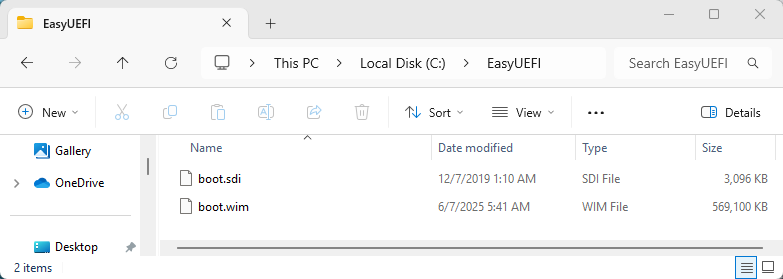
Step 3. Run EasyUEFI as administrator, then click the 'Manage BCD Boot Option' button.
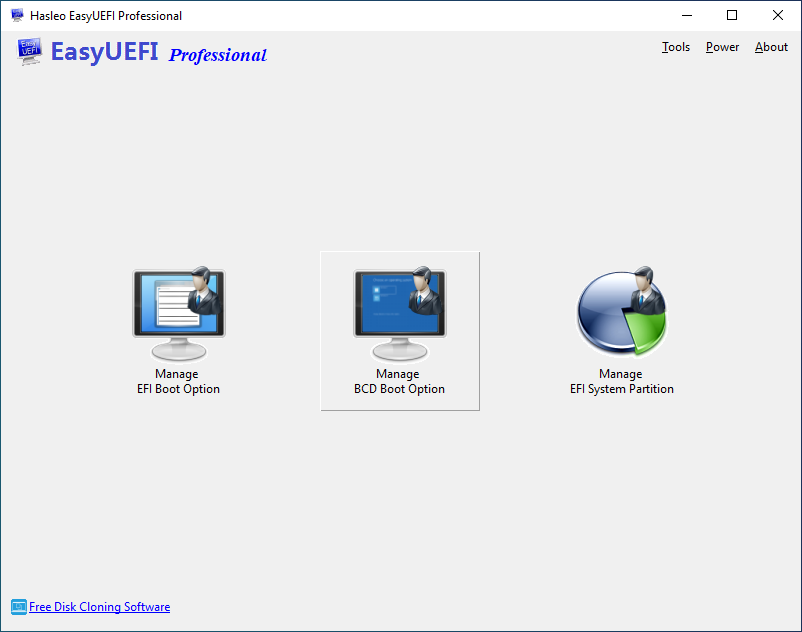
Step 4. Click the ![]() button in the window.
button in the window.
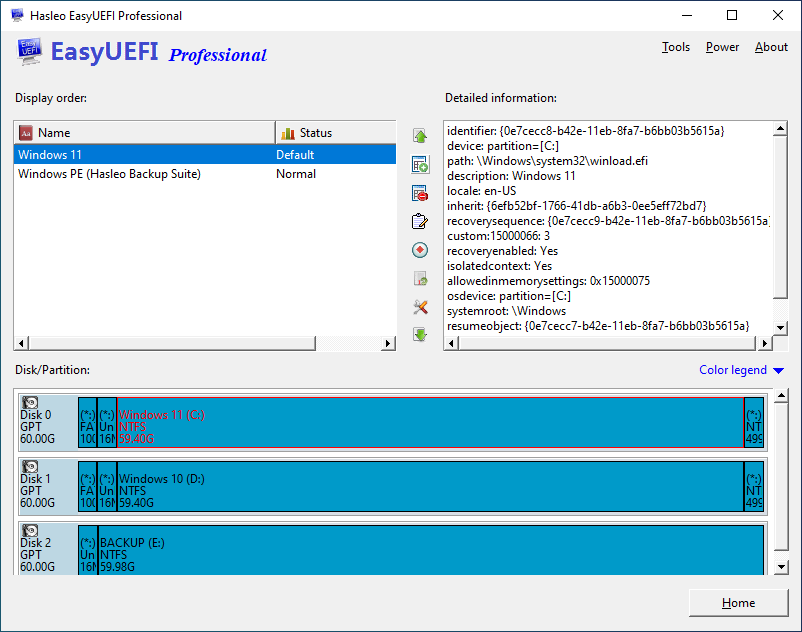
Step 5. In the window for creating a boot entry, select WinPE as type and enter a description for it (the description will be displayed in the Windows boot menu), then select the partition where the extracted WinPE is located and specify the storage path for the WIM and SDI files, of course you can choose other options if you are familiar with them.
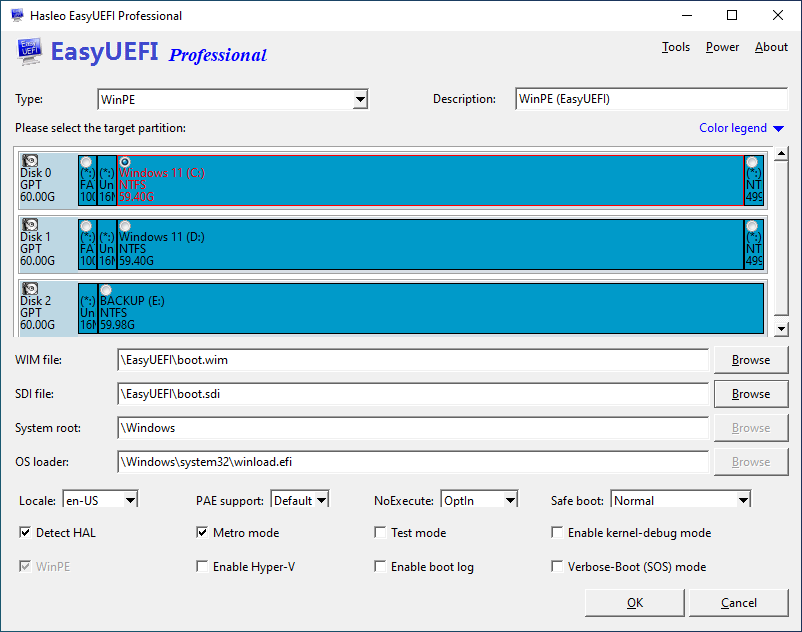
Step 6. Click "OK" to create the boot entry, and you will see the newly created BCD boot entry after the creation is successfully completed.
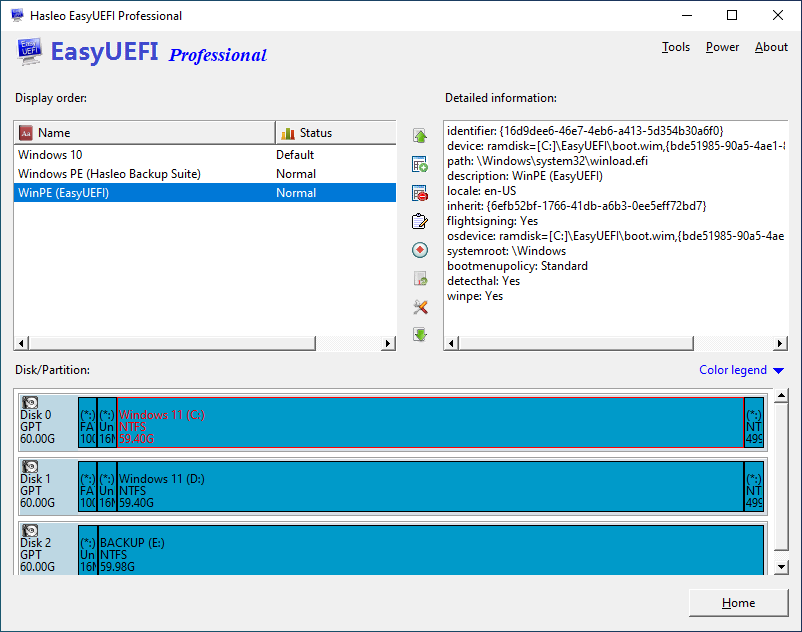
Step 7. Restart the computer and you will see that the newly created WinPE boot entry has been displayed in the Windows boot menu and you can boot WinPE normally from that WinPE boot entry.
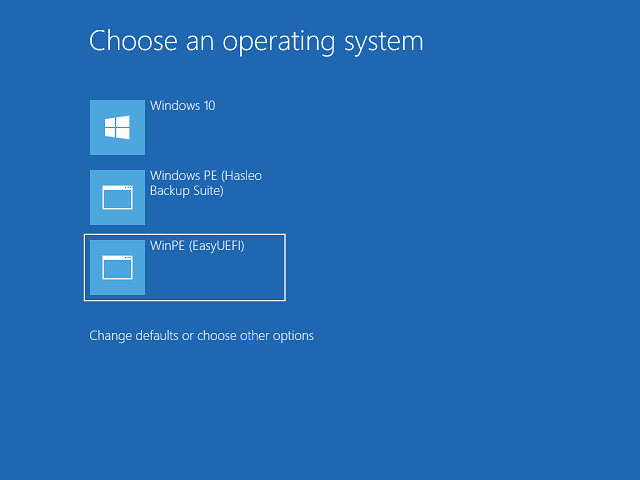
As described above, you can see that in just a few simple steps, you can add a third-party WinPE to the Windows boot menu, and then you can choose to boot WinPE from the Windows boot menu.